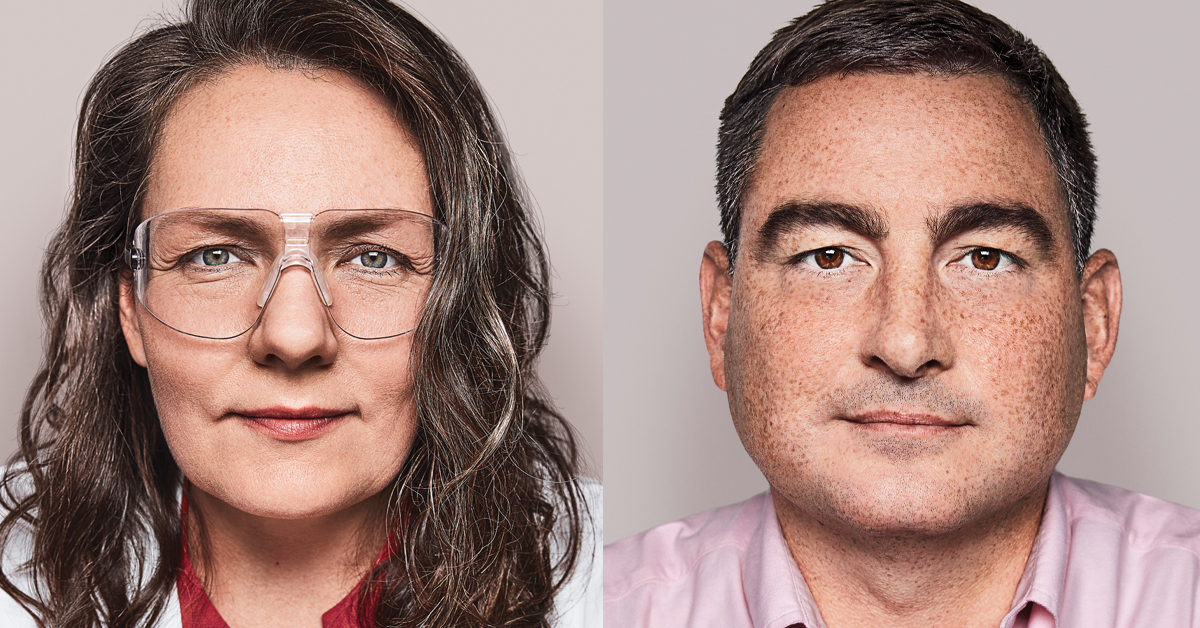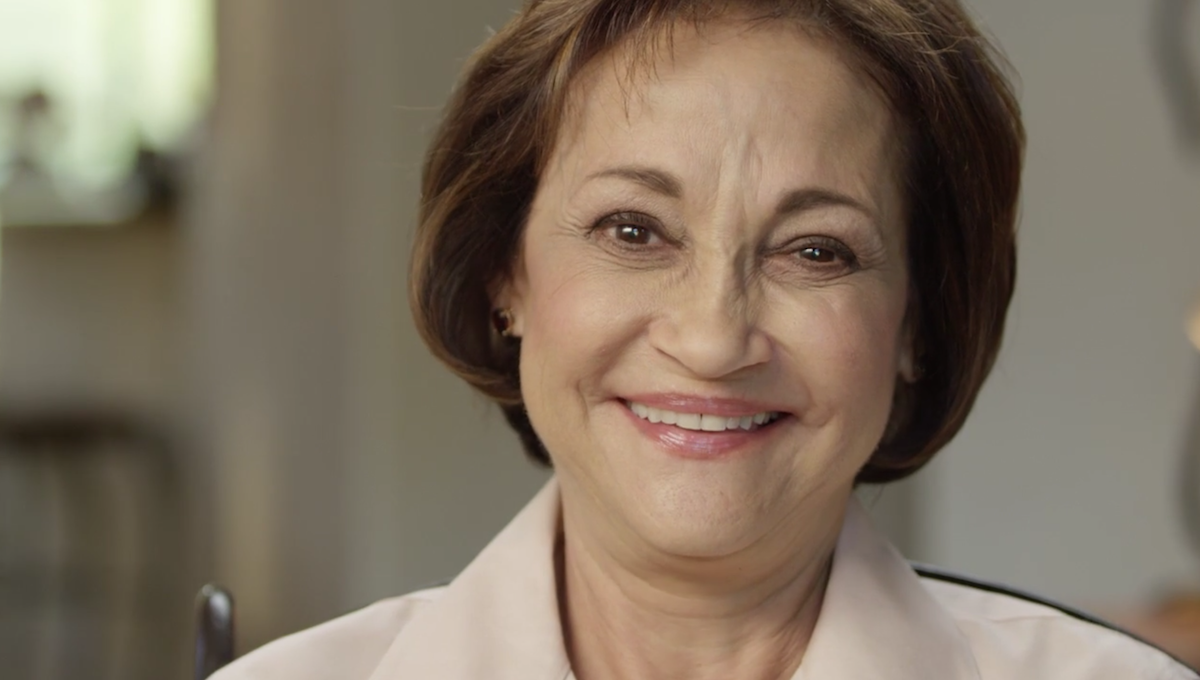One of these researchers, René, has devoted her life’s work to the development and launch of biologic treatments for respiratory conditions like Gil’s. According to René, recent advancements are offering hope that personalized medicine can play a key role in diagnosing and treating these diseases. Among the more than 100 medicines in development are:
-
39 for COPD, including a medicine that acts an antagonist of the chemokine receptor (CXCR2), which can potentially reduce inflammation in COPD by inhibiting the activity of white blood cells in response to lung tissue damage. When over-activated, these blood cells can result in additional tissue damage by releasing proteases, stimulating mucus secretion and other negative lung events.
-
54 medicines in development for asthma, including a potential first-in-class medicine in development for asthma, blocks TSLP, an immune system messenger protein that is critical in the development and persistence of inflammation of the airways.
-
12 for allergies with respiratory symptoms, such as peanut allergies and allergies to grass pollen.
These medicines have the potential to make a positive impact on people like Gil, who now feels like he has been given a new pair of lungs after working with his physician to find a treatment that worked for him. One of the most rewarding moments came when breathing tests revealed normal lung function—something a severe asthma patient could only dream of just a few years ago.
“The new treatment has given me my life back, and more importantly, it’s given me back to my family,” says Gil. “Without innovation, I wouldn’t have the life I’m living today.”



